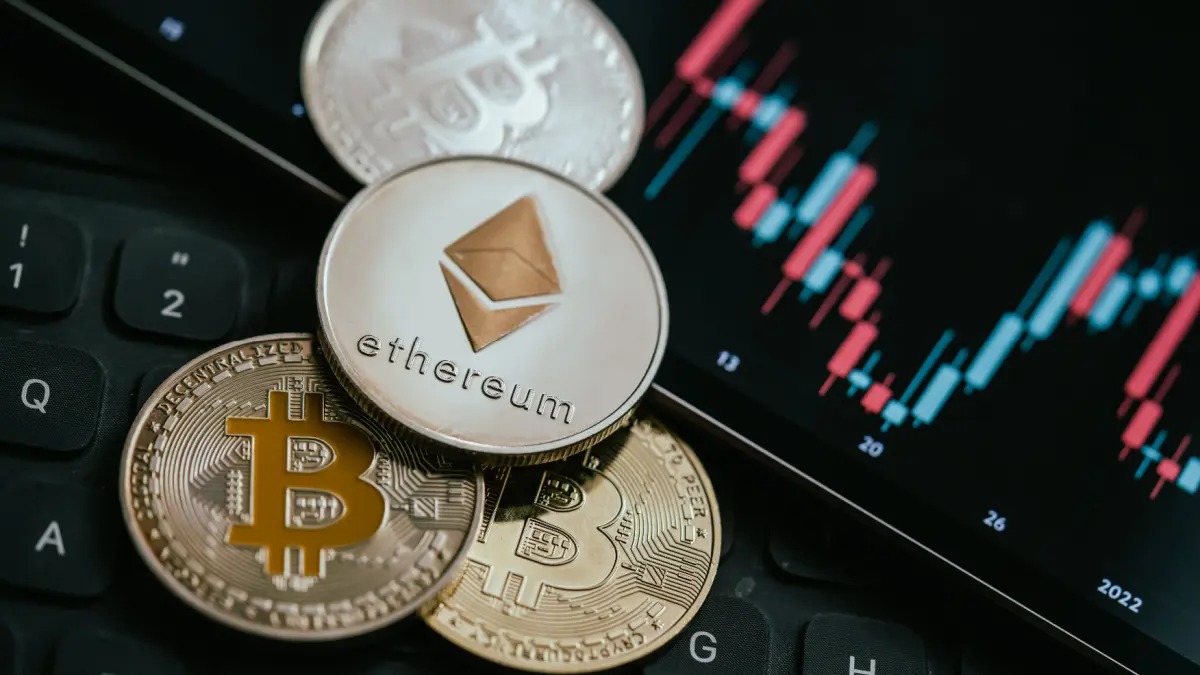The recent downturn in the American stock market, which saw significant losses of trillions of dollars, has raised questions about the sustainability of stock valuations and the overall health of the economy. Coupled with Bitcoin’s sharp decline, many analysts suggest that this moment marks a critical point, influenced by a combination of factors that have been building up over years.
The Build-Up to Economic Instability
For over 15 years, the U.S. economy has experienced an era of historically low interest rates, which many argue has contributed to an environment ripe for a market correction. With rates hovering near zero, borrowing became cheap, leading to a surge in consumer spending and corporate debt. As interest rates began to rise in March 2022—an effect of measures taken by the Federal Reserve—the underlying vulnerabilities within the economy started to surface.
Many believed the positive momentum could continue indefinitely. However, as higher interest rates began to take effect, the false sense of security began to unravel, exposing the fragile underpinnings of this economic growth.
Market Reactions and Investor Sentiment
The immediate triggers for the downturn can be traced to geopolitical events, notably the trade policies implemented during President Donald Trump’s administration. His trade war introduced unpredictability, which combined with rising rates to shake investor confidence. The stock market, already operating at sky-high valuations, became highly susceptible to even minor changes in the economic landscape.
Symbols of this over-exuberance can be seen in tech stocks like Nvidia, which were priced based on optimistic projections rather than tangible performance. This dissonance has pointed toward an overvaluation that many were willing to ignore until it became impossible to ignore.
The Larger Economic Landscape
This market correction is not just a financial anomaly; it represents a broader trend of economic fragility in the face of shifting monetary policies. The structure of consumer savings, with many holding excess cash Post-COVID-19 fueled by government stimulus, raised expectations for continued growth. Yet, as the economy grapples with the new normal of higher interest rates, the once-favorable positions of many have turned precarious.
The interplay of rising rates and external pressures, such as international trade tensions, has become a potent mix, leading to a decline in market confidence not just in stocks, but across various digital currencies like Bitcoin.
Looking Ahead: What Could Change?
As the markets adjust, the question remains: How will they bounce back? The potential for recovery exists if uncertainties such as import tariffs are alleviated and if major financial institutions provide further economic support. However, it is imperative to recognize that the current landscape necessitates a cautious approach toward investment.
The broader implications of this downturn extend beyond Wall Street; it serves as a wake-up call regarding the long-term impacts of unsustainable economic practices and the importance of diversifying investments in times of volatility.
The future might hold opportunities for renewed growth, but it emphasizes the need for a foundation built on sustainable practices rather than speculative behavior. Understanding the underlying causes of market dynamics can help investors and the community navigate the uncertain waters ahead.



